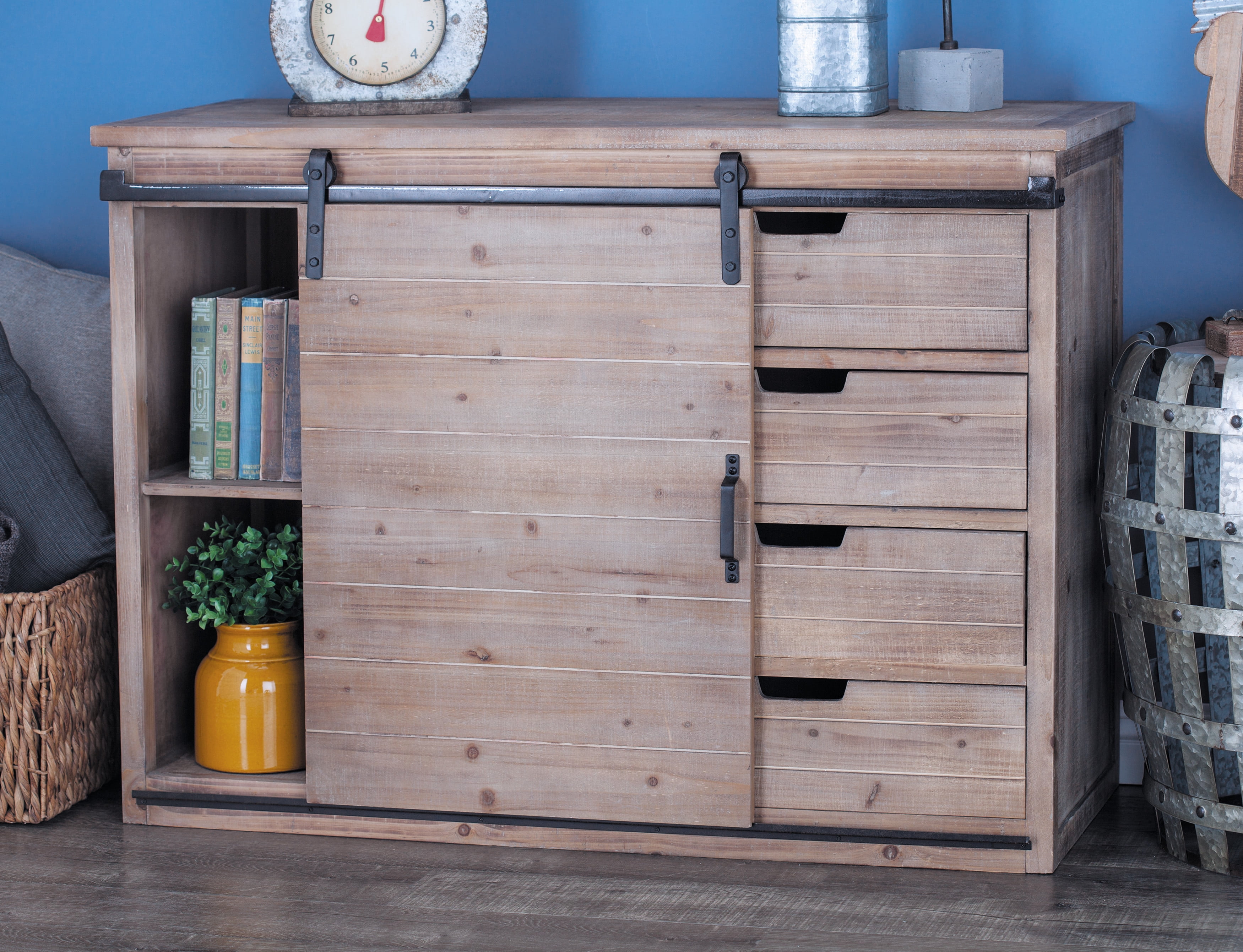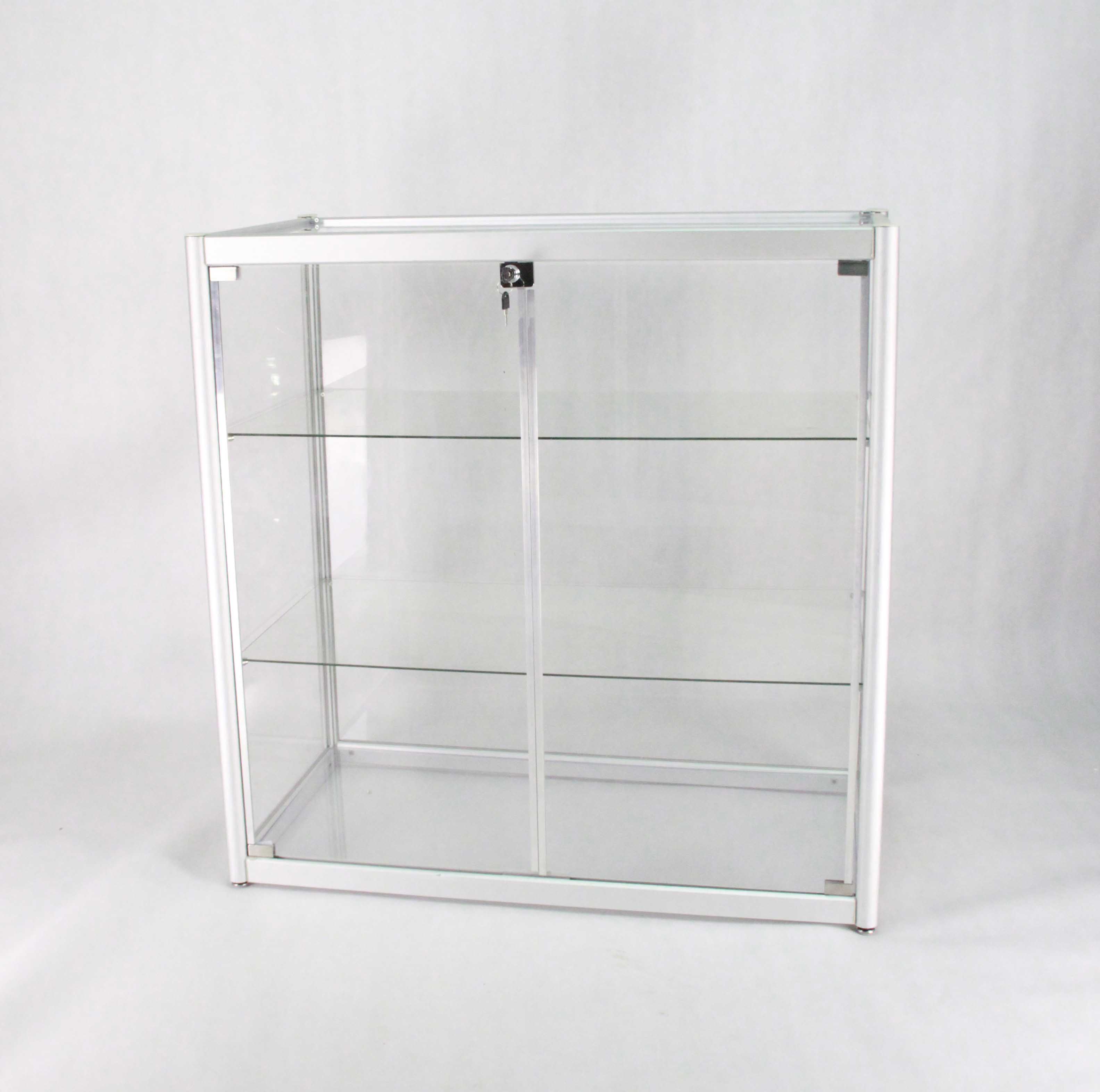Design & Functionality of Sliding Door Display Cabinets
Sliding door display cabinets offer a blend of aesthetics and practicality, making them a popular choice for showcasing collectibles, merchandise, or simply adding a touch of elegance to a space. Their functionality hinges on a carefully engineered system of components working in harmony, from the smooth gliding action to secure locking mechanisms. Understanding these elements allows for informed choices when selecting or designing such a cabinet.
Sliding Door Mechanisms
The smooth operation of a sliding door display cabinet relies heavily on the chosen mechanism. Two primary systems are prevalent: roller and track systems. Both ensure the doors move effortlessly, but their construction and maintenance differ.
| Mechanism | Description | Advantages | Disadvantages |
|---|---|---|---|
| Roller System | Uses rollers attached to the door, running along a track embedded in the cabinet frame. | Relatively simple design, generally smooth operation, easy to maintain. | Can be prone to derailing if not properly aligned, rollers may wear out over time. |
| Track System | Employs a more complex track system with multiple components guiding the door’s movement. | Typically offers smoother and quieter operation, often includes features like soft-close mechanisms. | More complex to install and repair, potentially more expensive. |
Sliding Door Materials, Sliding door display cabinet
The choice of material significantly impacts the cabinet’s aesthetic appeal, durability, and cost. Common materials include glass, wood, and acrylic. Each presents a unique set of advantages and disadvantages.
| Material | Advantages | Disadvantages |
|---|---|---|
| Glass | Provides excellent visibility, creates a sleek and modern look, relatively easy to clean. | Can be fragile and prone to breakage, may require specialized cleaning products to avoid streaks. |
| Wood | Offers a classic and warm aesthetic, durable and long-lasting with proper care, can be customized with various finishes. | More expensive than glass or acrylic, requires regular maintenance to prevent damage or warping. |
| Acrylic | Lightweight, strong, and shatter-resistant, offers good clarity, relatively inexpensive. | Can be prone to scratching, may not offer the same level of elegance as glass or wood. |
Locking Mechanisms
Security is a crucial consideration for display cabinets, especially those containing valuable items. Several locking mechanisms can be incorporated, each providing a different level of security.
Sliding door display cabinet – Common options include simple push-button locks, key locks, and more sophisticated electronic locking systems. Push-button locks offer basic security and convenience, while key locks provide a higher level of protection. Electronic locking systems often incorporate features such as keypads or biometric scanners, providing enhanced security and access control.
Cabinet Lighting Design
Integrated lighting significantly enhances the display within the cabinet, highlighting the items and creating an attractive visual presentation. Several lighting options exist, each with its advantages and considerations.
Recessed LED strip lighting is a popular choice, offering energy efficiency, long lifespan, and customizable color temperature. Spotlights can be used to focus light on specific items, while ambient lighting provides a softer, more diffused illumination. The placement and type of lighting should be carefully considered to avoid glare and shadows, ensuring optimal display of the contents.
Materials and Manufacturing of Sliding Door Display Cabinets

The creation of a beautiful and functional sliding door display cabinet involves a careful selection of materials and a precise manufacturing process. Understanding these aspects allows for informed choices, ensuring both aesthetic appeal and longevity. The environmental impact of the chosen materials is also a crucial consideration in today’s world.
Common Materials Used in Sliding Door Display Cabinet Construction
The choice of materials significantly impacts the cabinet’s overall look, durability, and cost. Different materials offer varying levels of strength, aesthetic appeal, and environmental impact. Consider these factors when selecting materials for your project.
- Wood: A classic and versatile choice, offering a wide range of styles and finishes. Hardwoods like oak and mahogany provide exceptional durability and a luxurious look, while softer woods like pine are more affordable but may require more maintenance. Sustainable sourcing is crucial for environmentally conscious choices.
- Medium-Density Fiberboard (MDF): A cost-effective and readily available material known for its smooth surface and ability to hold paint and veneer well. MDF is less durable than hardwood but suitable for many applications, especially when combined with a durable finish.
- Particleboard: Similar to MDF, but made from wood particles bound with resin. It’s generally less expensive than MDF but can be less stable and prone to damage. Careful sealing is necessary.
- Glass: Commonly used for the doors and sometimes the sides or shelves, offering visibility and a sleek, modern aesthetic. Tempered glass is preferred for safety and durability.
- Metal: Aluminum or steel framing can provide strength and stability, particularly for larger cabinets. Powder-coated finishes offer durability and a variety of color options.
- Hardware: High-quality slides, hinges, and handles are essential for smooth operation and long-lasting performance. Consider materials like stainless steel for durability and corrosion resistance.
Manufacturing Processes Involved in Creating Sliding Door Display Cabinets
The manufacturing process typically involves several key stages, from initial design and material selection to final assembly and finishing. Precision and attention to detail are critical at each step.
The process generally begins with design, encompassing detailed plans and specifications. Next, material cutting and shaping occur, often using computer-numerical control (CNC) machinery for accuracy. Then, assembly involves joining the various components, such as the frame, shelves, and doors. Finally, finishing touches such as painting, staining, or applying a protective sealant are applied.
Environmental Impact of Different Materials
Choosing environmentally friendly materials is a growing concern in cabinet manufacturing. Hardwoods from sustainably managed forests have a lower environmental impact than those from unsustainable sources. MDF and particleboard have a greater impact due to the use of resins and adhesives. Reclaimed wood offers a sustainable alternative. The manufacturing process itself also contributes to the overall environmental footprint, with energy consumption and waste generation being key factors. Consider the entire life cycle of the materials when making your choice.
Step-by-Step Guide to Building a Simple Sliding Door Display Cabinet
Building a simple cabinet can be a rewarding DIY project. This guide Artikels the basic steps involved.
- Design and Planning: Determine the desired dimensions, materials, and features of your cabinet.
- Material Selection and Cutting: Choose your materials and cut them to the required sizes, ensuring accuracy.
- Assembly of the Frame: Assemble the cabinet frame using appropriate joinery techniques and adhesives.
- Installation of Shelves: Add shelves at desired heights, ensuring stability and even spacing.
- Door Installation: Install the sliding door mechanism, ensuring smooth operation.
- Finishing: Apply paint, stain, or sealant to protect the cabinet and enhance its appearance.
Applications and Uses of Sliding Door Display Cabinets

Sliding door display cabinets offer a versatile solution for showcasing items in a variety of settings, enhancing both aesthetics and functionality. Their design allows for space-saving storage and easy access, making them ideal for both commercial and residential use. The smooth operation of the sliding doors prevents the obstruction often caused by swinging doors, maximizing space utilization and creating a more streamlined environment.
Diverse Settings for Sliding Door Display Cabinets
Sliding door display cabinets find application in a wide range of environments, each leveraging their unique attributes to optimize presentation and storage. Retail stores, museums, homes, and offices all benefit from the versatility and functionality these cabinets offer. The specific design and features of the cabinet can be tailored to the unique requirements of each setting.
Innovative Applications of Sliding Door Display Cabinets
The utilization of sliding door display cabinets extends beyond traditional applications. Innovative uses highlight their adaptability and capacity for creative integration into various contexts.
A high-end boutique uses mirrored sliding doors on their display cabinets to create an illusion of spaciousness and to subtly reflect the surrounding store ambiance, drawing customers’ eyes to the displayed merchandise. The mirrored surfaces also add a touch of elegance, enhancing the overall shopping experience.
A modern art gallery uses custom-designed, floor-to-ceiling sliding door display cabinets to showcase delicate sculptures and installations. The cabinets’ secure locking mechanisms and climate control features protect the artwork from environmental damage, while the sleek design complements the gallery’s contemporary aesthetic.
A home office utilizes a sliding door display cabinet to store and organize important documents and personal collections. The cabinet’s customizable shelving allows for efficient organization, while the sliding doors save valuable floor space. The integrated lighting enhances visibility and creates a sophisticated workspace ambiance.
Hypothetical Scenario: A Museum Setting
Imagine a natural history museum showcasing a collection of rare butterflies. A large, custom-built sliding door display cabinet, fitted with UV-protective glass and climate control, houses the delicate specimens. The cabinet’s internal lighting is carefully calibrated to minimize fading and highlight the vibrant colors of the butterflies. The smooth, quiet operation of the sliding doors ensures easy access for curators while minimizing disturbance to the display and maintaining a peaceful atmosphere for visitors. The cabinet’s robust construction and security features protect the priceless collection from theft and damage. The benefits include enhanced preservation, ease of access for maintenance, and an aesthetically pleasing presentation that complements the museum’s overall design.
Comparative Analysis of Sliding Door Display Cabinets
The following table compares different sizes and styles of sliding door display cabinets suitable for various applications.
| Size (W x D x H) | Style | Material | Application |
|---|---|---|---|
| Small (36″ x 18″ x 36″) | Wall-mounted, single door | Glass and wood | Home, small office |
| Medium (72″ x 24″ x 72″) | Freestanding, double door | Wood and glass | Retail store, museum |
| Large (144″ x 36″ x 96″) | Freestanding, multiple doors | Metal and glass | Large retail space, archive |
| Custom | Varied, depending on specifications | Varied, depending on specifications | Museums, specialized retail |

